
Pamela Gorman, RN, ACRN, describes the benefits of connecting care to incarcerated people with HIV.

Pamela Gorman, RN, ACRN, describes the benefits of connecting care to incarcerated people with HIV.

Pamela Gorman, RN, ACRN, describes a transitional care coordination program for incarcerated individuals with HIV returning to the community primary care setting.

Rasheeta Chandler, PhD, RN, APRN-BC, FNP-BC, FAANP, FAAN, explains the need to incorporate women at-risk for or living with HIV into the decision-making process if we are to end the epidemic.

Representatives from the AIDS Care Group discuss the racial disparities that exist in the HIV/AIDS care continuum for women of color, as well as how a peer engagement and retention program can help.

Timothy Ray Brown, also known as the "Berlin Patient" discusses why it's important to push out the message that U=U.

Pamela Gorman, RN, ACRN, discusses how electronic health data and coordinated outreach can be combined to increase retention in care.
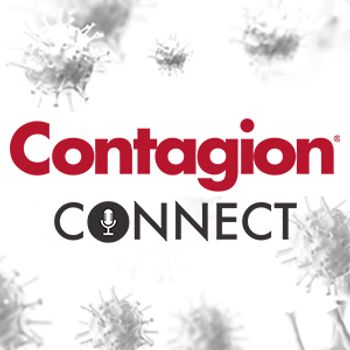
In 2010, Timothy Ray Brown came forward as the "Berlin Patient" and has become an advocate for people living with HIV. He hopes to see the day when all individuals when HIV can be cured safely.

Jennifer Cocohoba, PharmD, summarizes her ANAC 2019 presentation on polypharmacy and how it affects people living with HIV.

In an interview at ANAC 2019, Shameka L. Cody, PhD, AGNP-C, discusses the impact of cognitive training on quality of life outcomes for people with HIV-associated neurocognitive disorder.

Timothy Ray Brown, formerly known as the “Berlin Patient” explains why it is important for providers to form relationships with patients and avoid stigma and judgment.

Brian Minalga, MSW, discusses research on the historical exclusion of women in HIV cure-related research.

Julie Zuñiga, PhD, RN, shares findings from her research on self-management of the dual diagnosis of HIV and diabetes.

Rasheeta Chandler, PhD, RN, emphasizes including of black women in efforts to end the HIV epidemic and discusses an app she is developing to help women access information about sexual health.

Several key populations with heightened risk for HIV face criminalization in Botswana. The Botswana Family Welfare Association targeted efforts to improve care for these key populations.

Heather Alt, BSN, RN, ACRN, CPH, discusses research on a nurse-led model for same-day initiation of antiretroviral therapy for people newly diagnosed with HIV.
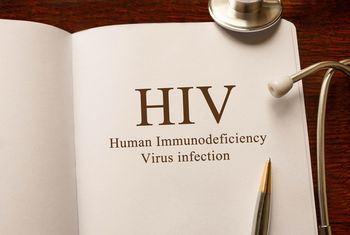
Focus groups in 3 Mbarara schools identified adolescent knowledge, attitudes, and suggestions for HIV prevention in Uganda.
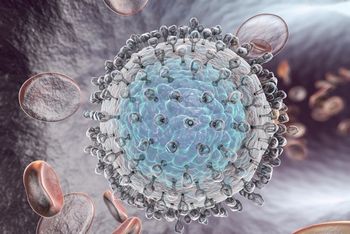
A retrospective review reveals that 8 weeks may be enough time to eliminate HCV in black patients co-infected with HIV, a population which faces barriers to longer treatment courses.
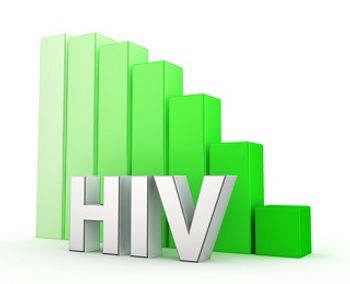
Black MSM who use drugs face substantial barriers to HIV treatment and prevention. A recent study analyzed their needs first-hand by conducting in-depth interviews.
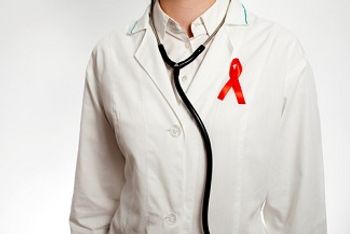
As HIV treatment shifts into primary care, it is important to educate NPs on HIV care and prevention in order to maintain recent gains towards ending the HIV epidemic.
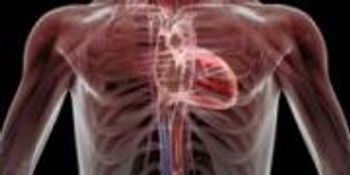
Perceived and actual risk of cardiovascular disease is only weakly associated in people living with HIV. An analysis reveals that provider CVD risk discussion is significantly associated with perception of CVD susceptibility.

A new study examined young adults with perinatally acquired HIV living in South Florida in order to shed light on their lived experiences.

“My story is important only because it proves that HIV can be cured. And if something has happened, once in medical science, it can happen again,” Brown told Contagion®.

Neither infectious disease specialists nor primary care providers appear to consider PrEP care to fall within their practice, and similar debates have taken place between nurses and physicians.

A new protocol for nurse care management called NCM4HIV is designed to meet the needs of youth experiencing homelessness.

Shannon Weber, MSW, delivered the opening keynote at ANAC 2019 on the importance of empathy when working with people living with HIV.

People living with HIV are twice as likely as those who do not have HIV to develop cardiovascular disease, yet recent data suggest this population does not meet recommended levels of physical activity.

There is a vast unmet need for non-pharmacological treatment strategies to protect and improve cognitive function in the approximately 50% of adults living with HIV who experience HIV-associated neurocognitive disorder.
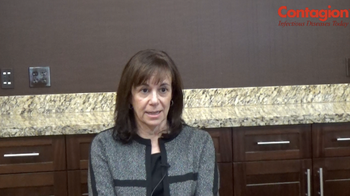
A recent study suggests that smokers living with HIV were willing to transition to electronic cigarettes and had lower carbon monoxide levels after doing so.

San Francisco has seen HIV prevention and control success, however how people experiencing homelessness present unmet needs which require transforming traditional models of care.
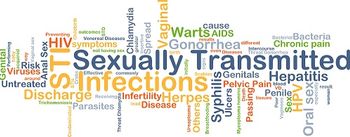
The number of STI screenings increased exponentially from 369 rectal and pharyngeal swabs performed in 2015 prior to policy implementation to 865 swabs in 2016, 1474 swabs in 2017, and 1889 swabs in 2018.